The high demand for pork in the market encourages farmers or aspiring ones to venture into pig farming as a lucrative venture. With proper management of the litter and the application of the right know-how in terms of food and housing requirements, the profit of the livestock raisers could be doubled or tripled.
In the upland barangays of Bonifacio, Misamis Occidental, most housewives contribute to their household income by raising pigs in their backyards. However, due to the price hike in feeds, some pig raisers stopped their operations and turned to helping their husbands work on the farm.
Ninety-nine percent (99%) of the province area is used for agriculture. Most farmers have coconut land (as owner or tenant) with some open areas planted with corn, root crops, and fruit trees. This activity allowed them to provide food on their table, but most of the time, they struggled to provide for the growing needs of the family on a meager income.
Mrs. Perlita Sumalinog, a resident of barangay Kanao-Kanao in Bonifacio has shared about these things which happened before her inclusion in the Special Area for Agricultural Development (SAAD) Program of the Department of Agriculture Region 10 (DA-10).
Composed of 41 members, the Kanao-Kanao Small Farmer’s Association (KSFA) was established after being identified as one of SAAD’s livelihood project recipients. The Swine Production Project was proposed after orientation and consultation meetings with the community, with the primary intent of women members to revive their local pig farming activity. Mrs. Sumalinog also vice-chaired the group.
Reviving the local hog industry through SAAD
In October 2019, SAAD provided each member with 2 gilts along with a package of three (3) bags of gestating feeds, two (2) bags of lactating feeds, drugs, and biologics, and materials for the construction of a pigpen. With the reported cases of African Swine Fever (ASF) in the region at that time, the SAAD implementers assured that the gilts were evaluated and tested negative for the virus.
Before the distribution, the animals were given vitamins A, D, and E to maintain normal vision, skin, bones, and muscles; and also maintain the pigs’ normal growth process.
Three (3) months later, the majority of the gilts who were artificially inseminated for reproduction got pregnant. After the delivery of pig litter, the majority sold the piglets after weaning while some members, if they don’t get a buyer, fattened their hogs and sold them in liveweight.
Raising pigs for profit
Proper breeding and feeding management, care during pregnancy and farrowing, a clean pig house, and disease and health care rewarded the group with increased productivity in backyard pig farming.
The group earned Php 35,800 from selling piglets at Php 1,200 to Php 2,000 per head; and Php 54,900 total sales from fattened hogs at Php 110-120 per kilogram (Table 1).Table 1. Income from piglets and fattened hogs (2021 – 2022)
| Sow |
1st – 3rd cycle | Fattened Hogs | Gross Income (Php) |
|||
| Total piglets produced (head) | Sold piglets (head) |
Sales (Php 1,200 – 2,000/head) |
Total sold (kg/live wt) |
Sales (Php 100 – 120 kg live wt) |
||
| 1 | 24 | 11 | 19,800.00 | 210 | 25,200.00 | 45,000.00 |
| 2 | 17 | 10 | 16,000.00 | 270 | 29,700.00 | 45,700.00 |
| Total | 41 | 21 | 35,800.00 | 480 | 54,900.00 | 90,700.00 |
“Naga-pasalamat gyud ko sa baboy nga gihatag sa SAAD kay nakatabang sa akong pamilya katong kasagsagan sa CoViD. Nakabayad ko sa akong mga utang, nakatabang ug gasto para sa akong estudyante sa college, ug nakapalit pud me ug gamit diri sa balay,” shared Mrs. Sumalinog during the interview.
(I am thankful for the gilts provided by SAAD because it saved my family during the pandemic. I settled my debts, I also paid tuition fees for my college student, and even bought materials for our house).
She added that after the feeds assistance provided by the program for the first cycle, other group members use part of their income to buy feeds for the following cycles. For her family, with a 3-hectare inherited land, they strategize to plant yellow corn for wet milling to help them reduce feed costs and improve pig nutrition.
Mrs. Sumalinog was also able to buy additional materials for the small hut her family built for corn harvest storage.
Another member, Mrs. Yolanda Cañete shared that, “Pasalamat ko nga naka-apil ko kay nakatabang gyud siya. Nabulto ang halin, naka-kobra ko ug Php 40,000 kapin” (I am thankful for my inclusion in this project. The sale was huge, I was able to collect more than Php 40,000).
Mrs. Cañete used her income from selling fattened hogs to buy materials for her house such as fiber cement board and galvanized corrugated roof sheets.
From artificial insemination (AI) to the natural breeding process
Following the sows’ 4th cycle of producing litters, Mrs. Sumalinog bought a boar worth Php 12,000 to obtain a high conception rate for her female pigs. This is from her observation that AI takes longer for sows to bear offspring. This may be because of environmental changes when semen is collected, diluted, transported, and then deposited artificially. This mating type must be done correctly at optimal times for it to work on any operation.
Considering this conscientious effort, Mrs. Sumalinog decided to have her boar (hybrid) for crossbreeding purposes. She added that she might offer it to other members at a lower service fee or give back one piglet.
Group policy
To address the individual struggles in pig raising, each member religiously attends monthly meetings to discuss problems and provide solutions. For consistency, a penalty is imposed for missed attendance at the assembly.
For every sow, a member must turn over four piglets to the association through its roll-over scheme.
Some members shared that for the first cycle of their first sows, they already turned over 8 piglets, for the next one to be their own.Table 2. Rolled-over piglets
| Rolled-over piglets | # of new beneficiaries | 2nd batch of old beneficiaries | Rolled-over accountability |
| 120 | 60 | 32 | 216 |
Following the pioneer recipient of this project, the 32 next-in-line beneficiaries in the previous report also transferred 120 piglets for the next 60 new grantees of the project in Bonifacio. See the previous report here http://bitly.ws/xeCa.
The purpose of this roll-over scheme is to allow residents within Bonifacio to venture into pig farming and pave way to the establishment of a community-based enterprise such as the multiplier farm, selling of pork meat and fattened hogs, and promoting roasted pigs as their One Town, One Product (OTOP) initiative. Out of the 28 barangays in the municipality, the project is now present in 7 barangays namely: Bag-ong Anonang, Buenavista, Kanao-Kanao, Poblacion, Upper Usogan, Tabugon, and Tusik.
Sustainability
When the sows stop giving birth until their 6th to 7th cycle, the members plan to select from their piglets to replenish their stocks. Further, they will strengthen their skills in feed formulation to make their hog feeds. This will minimize their cost of buying these, following the exponential price hikes due to supply constraints brought about by the Russian invasion of Ukraine.
SAAD livestock projects led by the program implementers and in close coordination with local government are aligned with the DA’s initiative to revive the local hog industry after the detrimental effects of the African Swine Fever (ASF). ###
Writer: Jennifer Valcobero, DA-SAAD NPMO Information Officer
Sources:
Elvie Cagatan, SAAD Misamis Occidental Area Coordinator
DA-SAAD 10


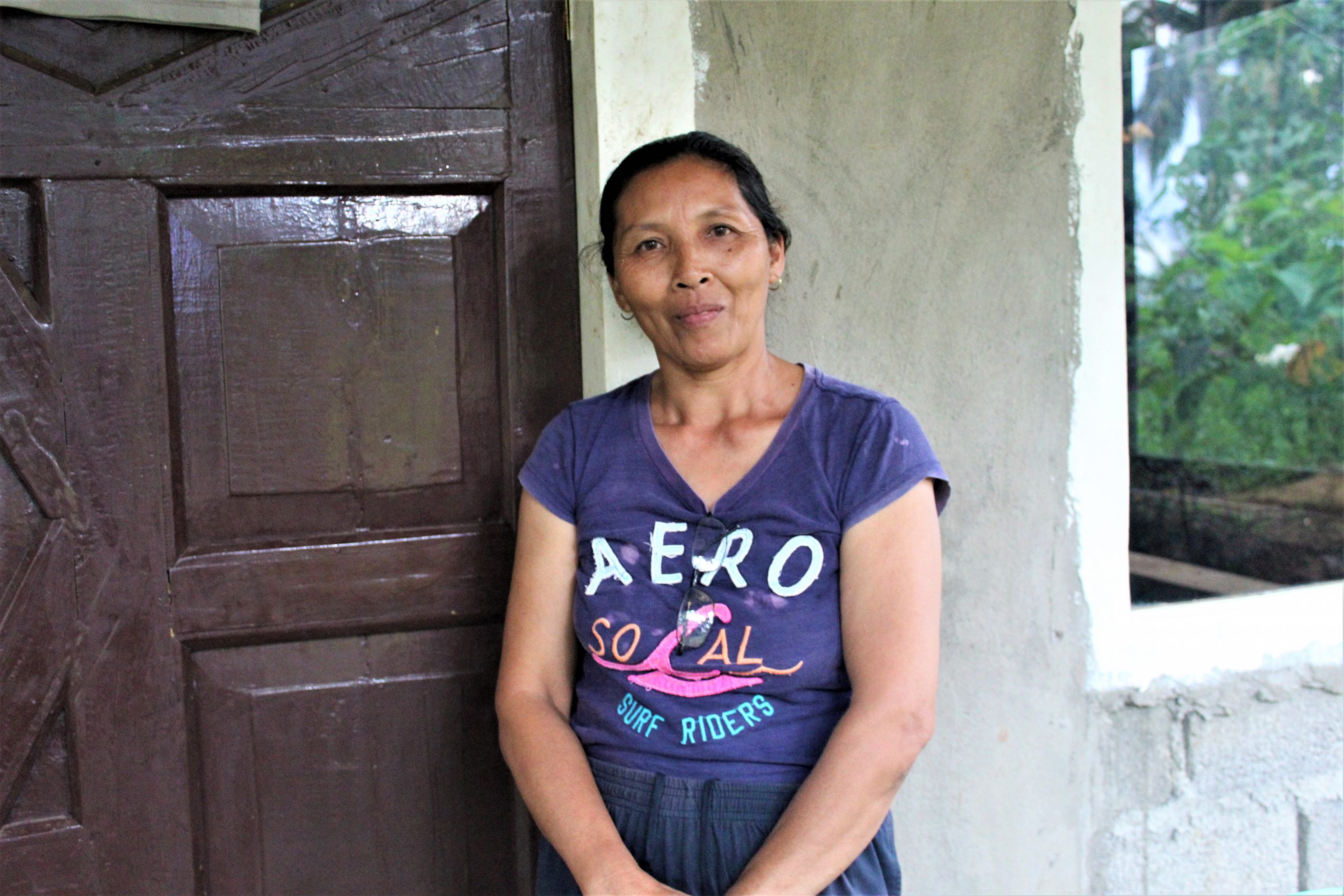
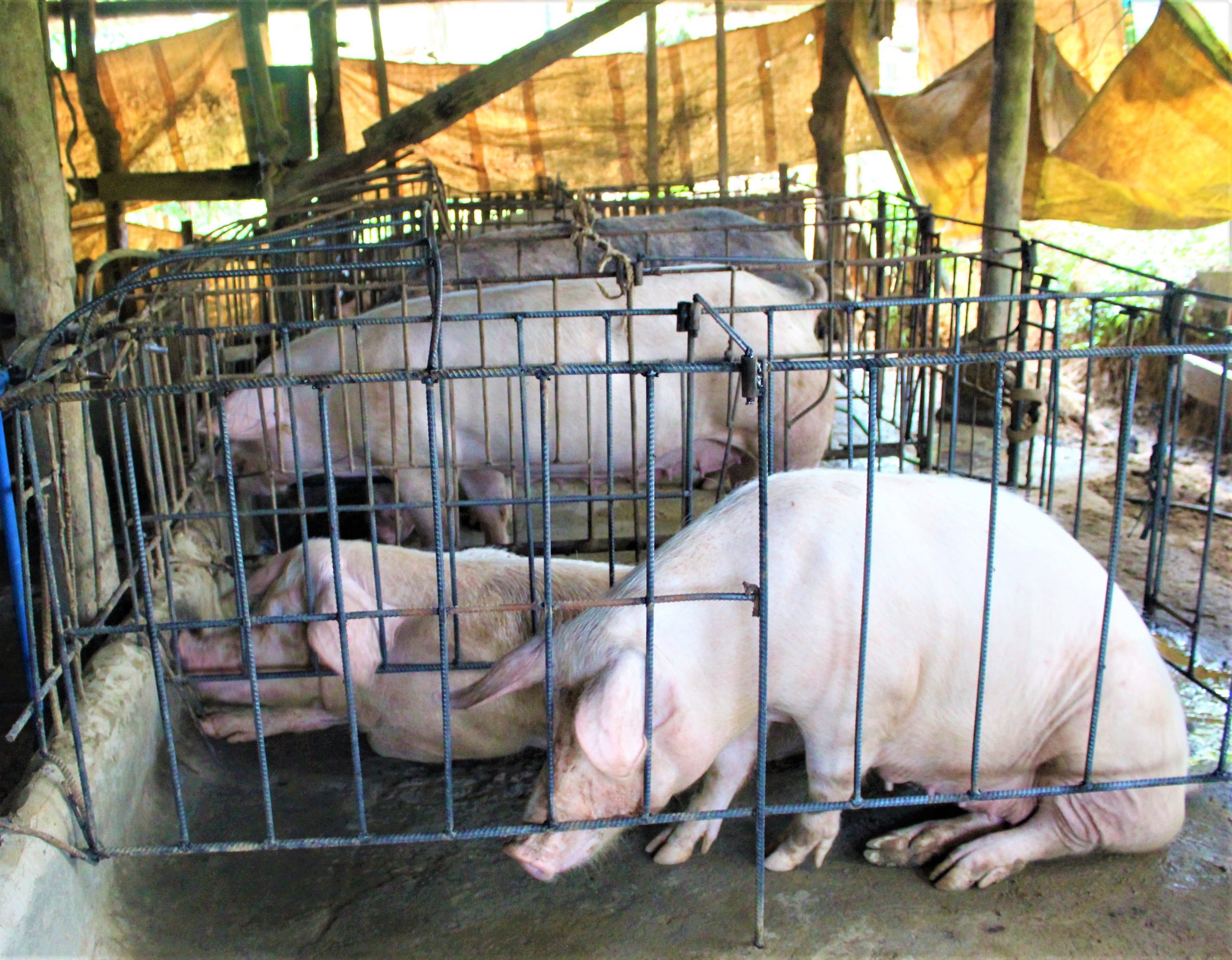
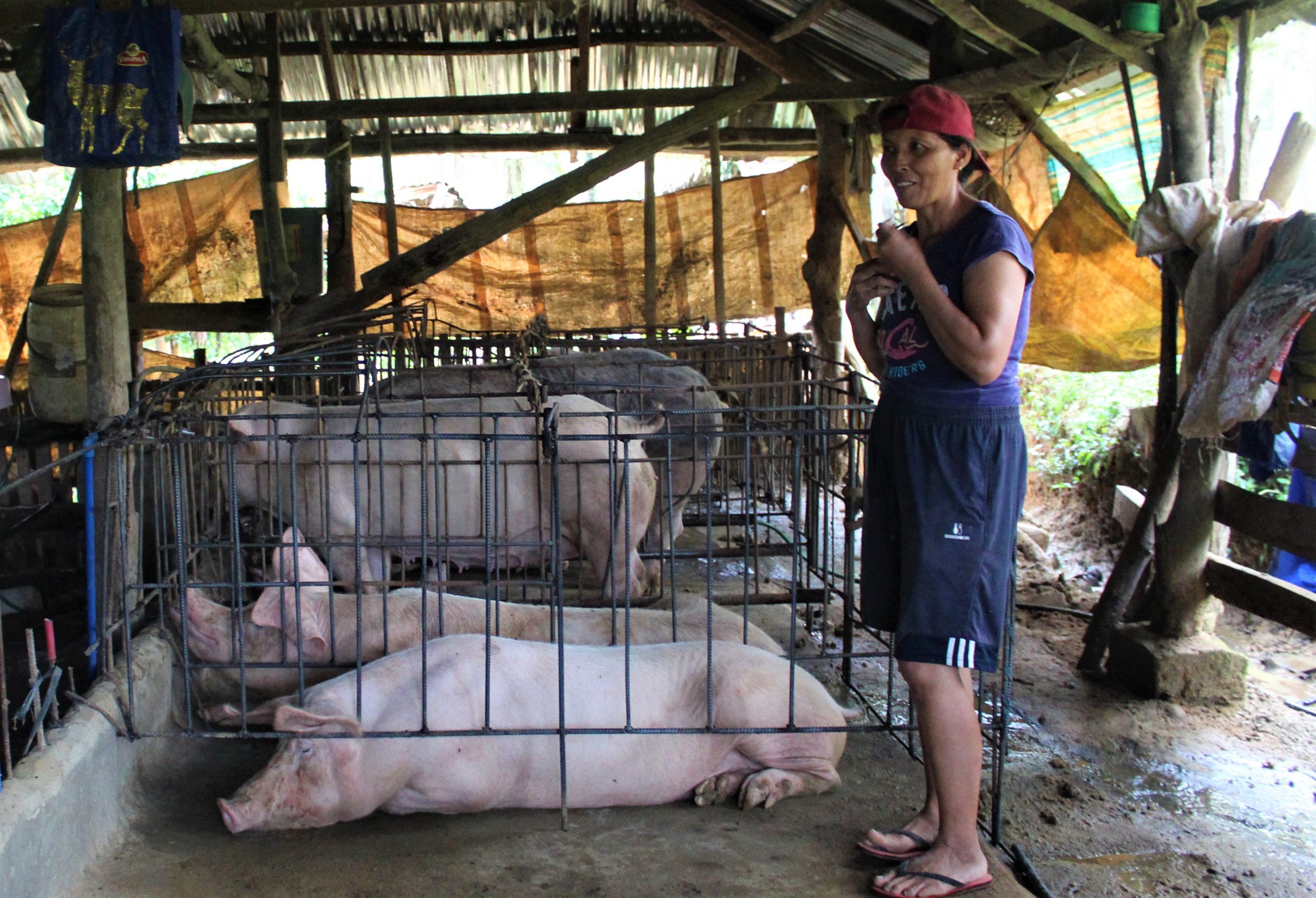
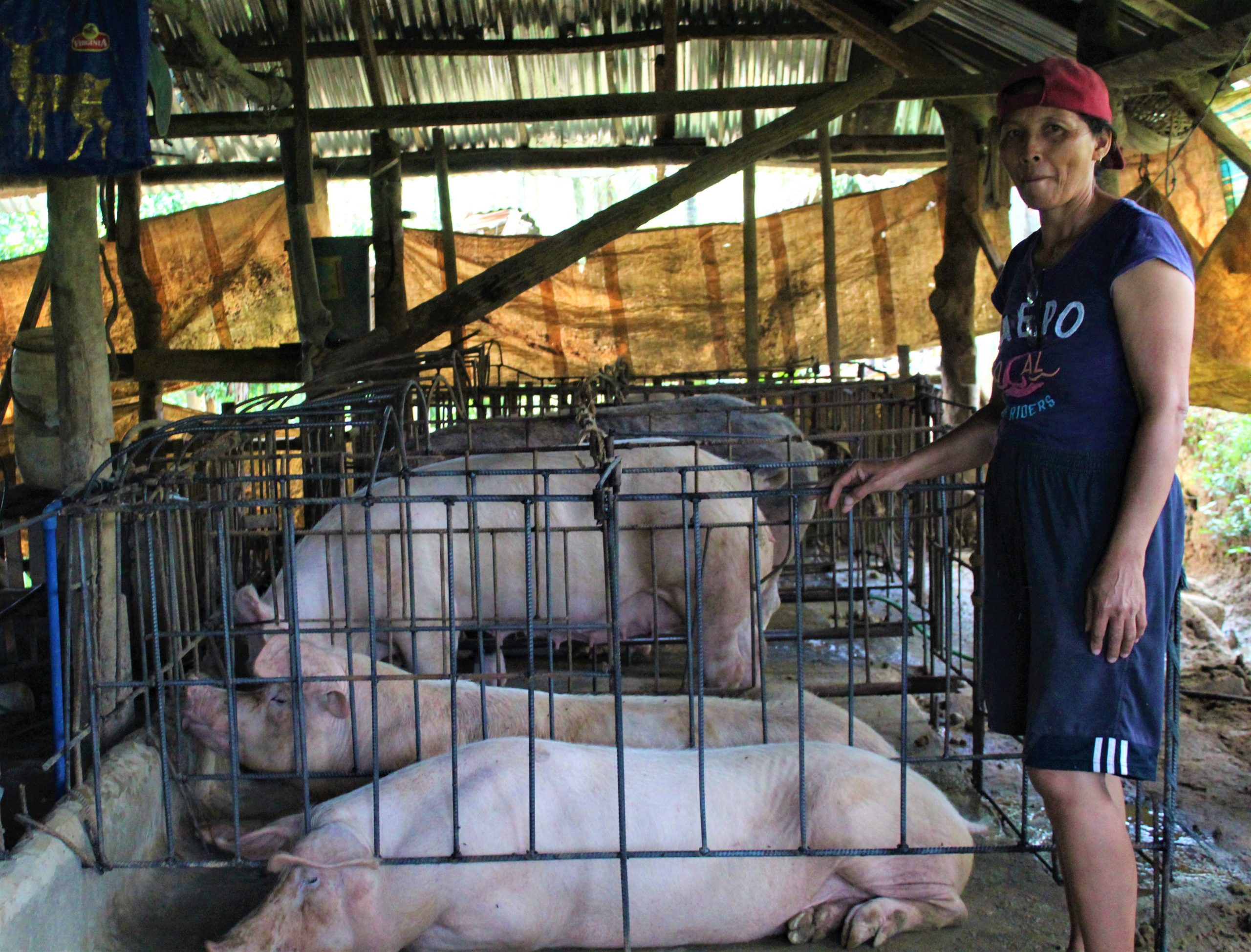
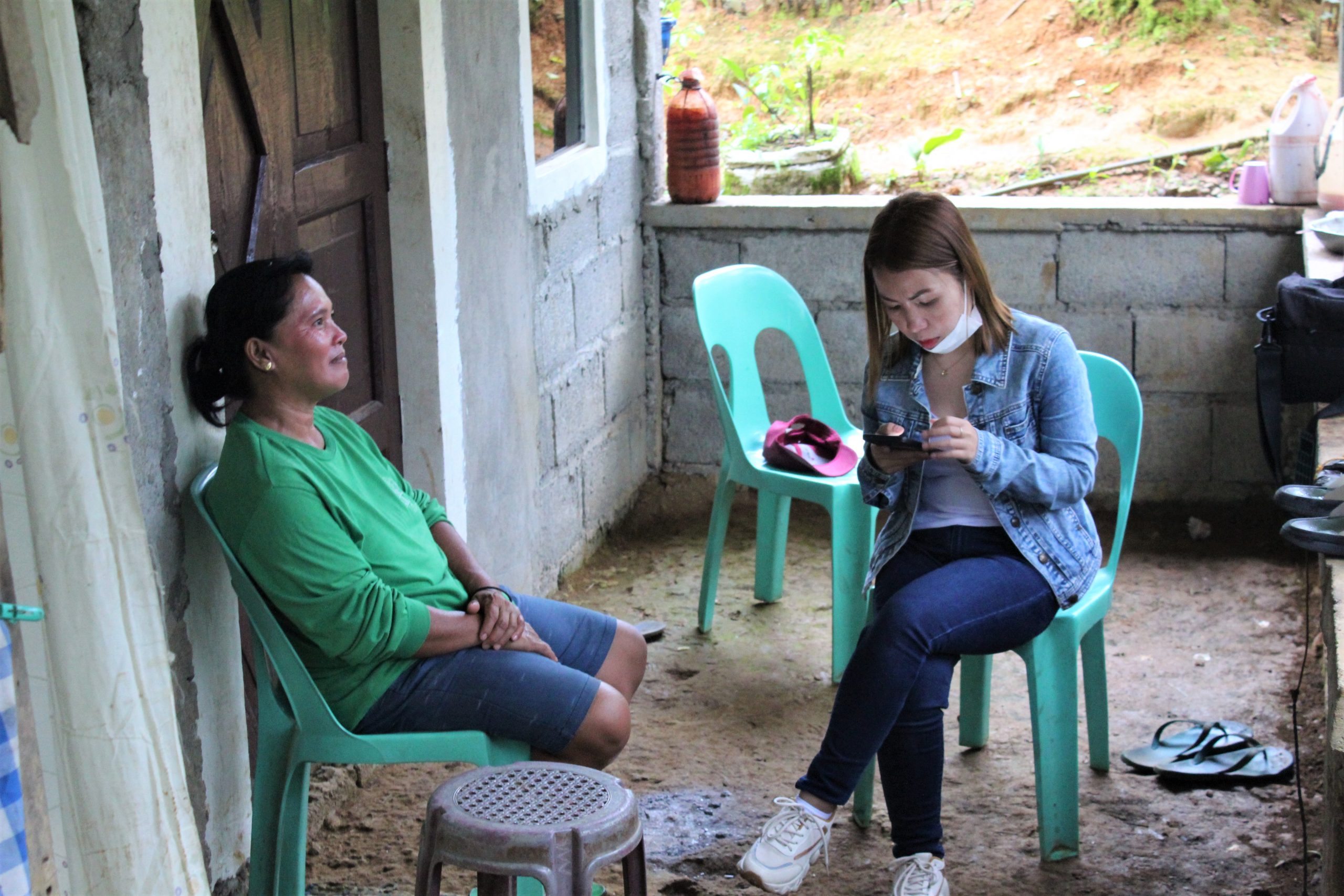
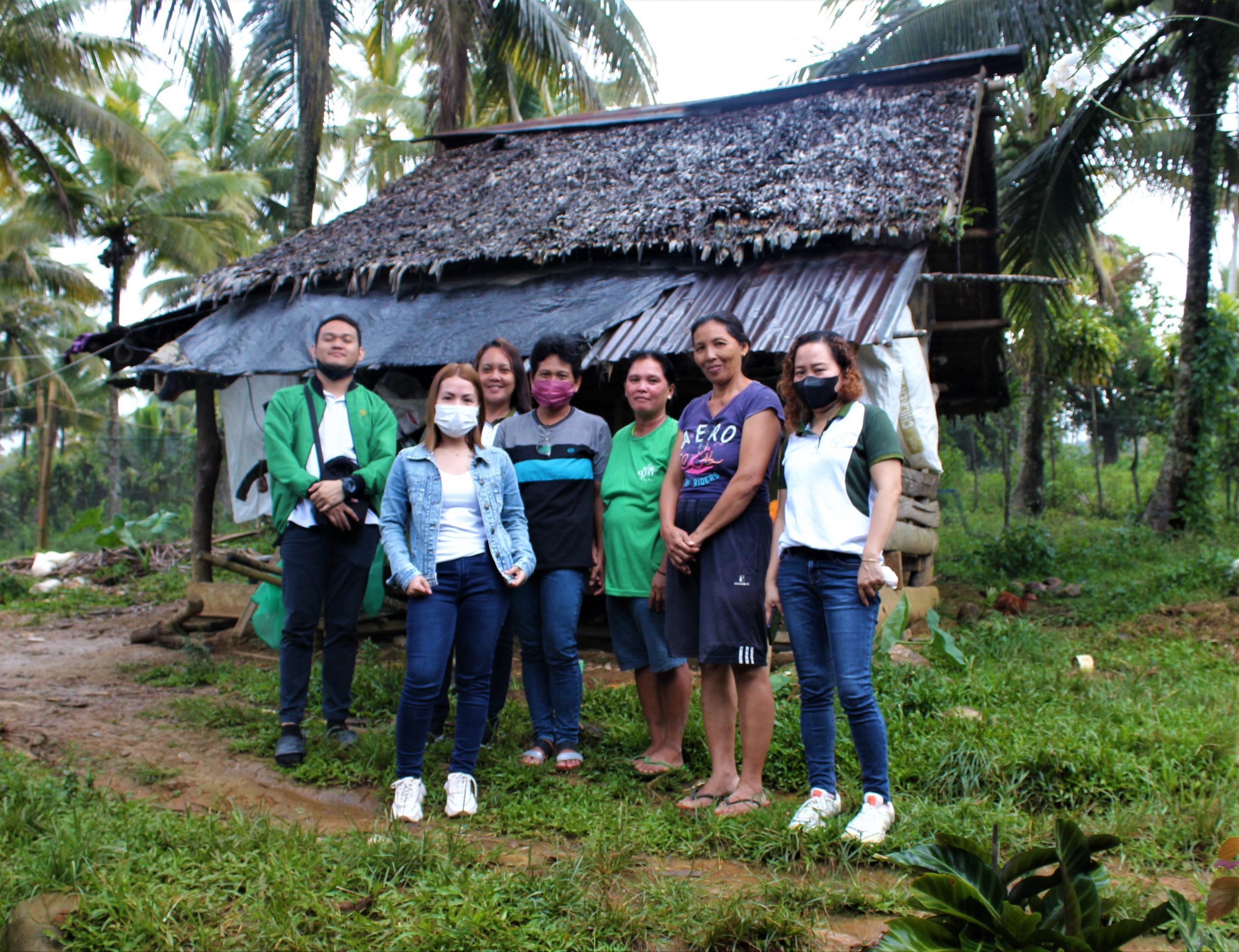
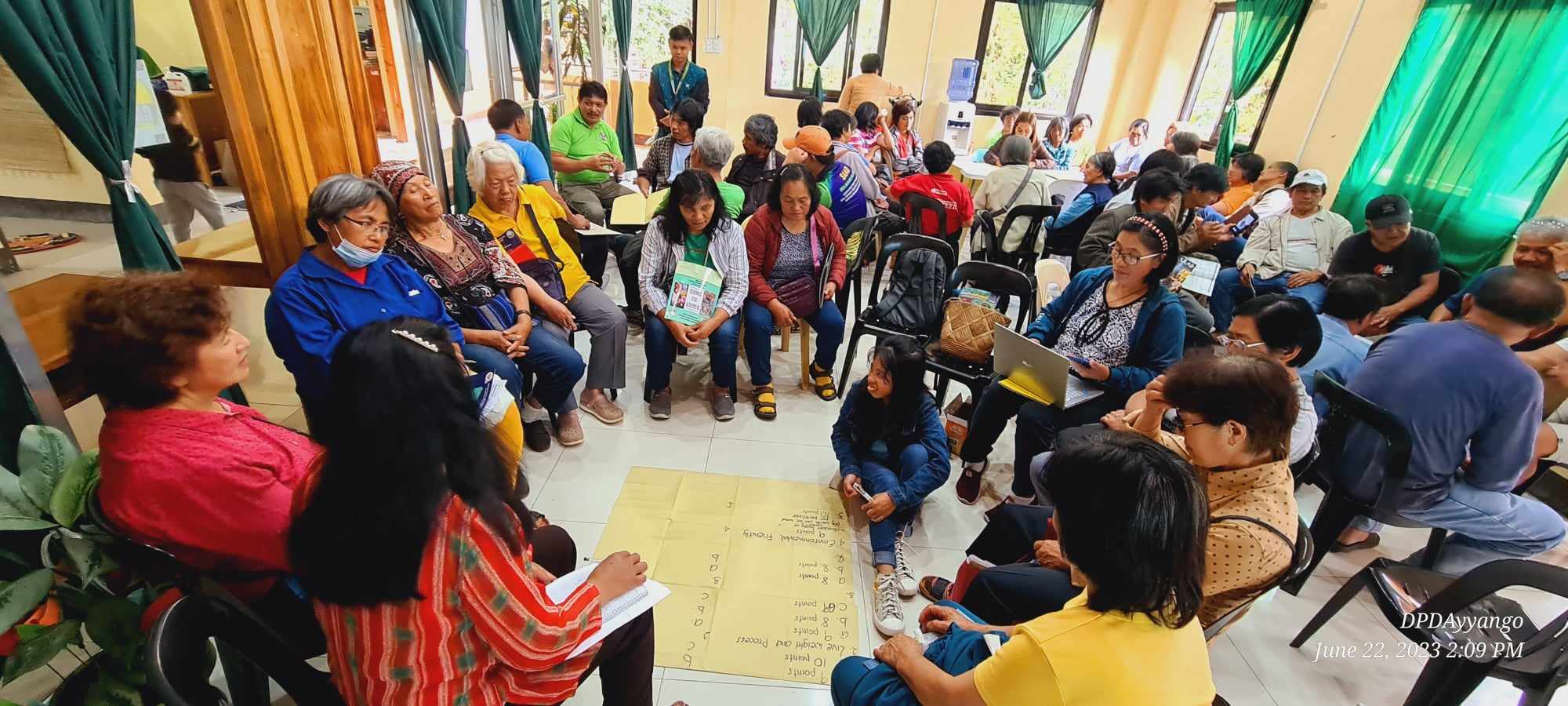
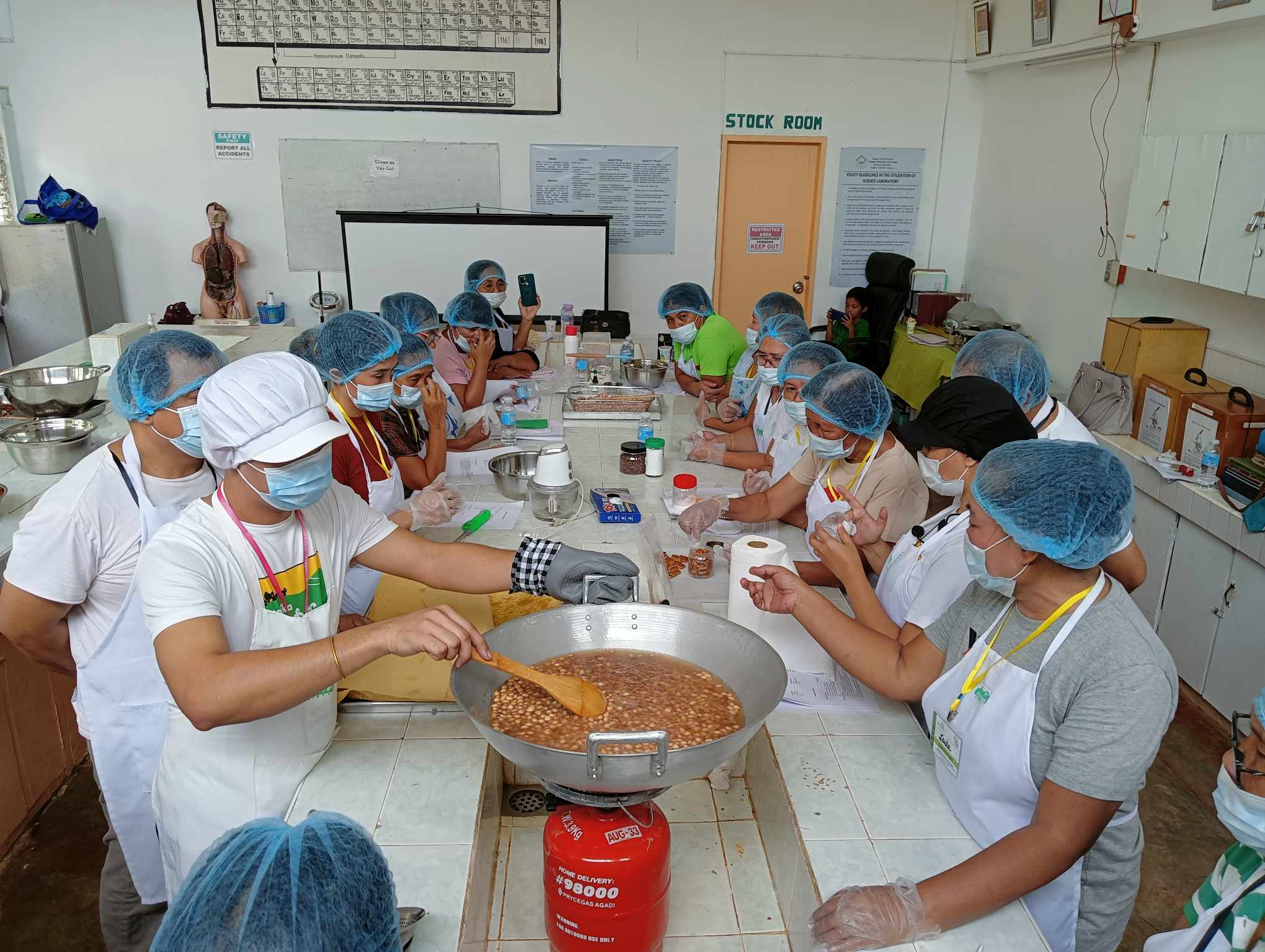
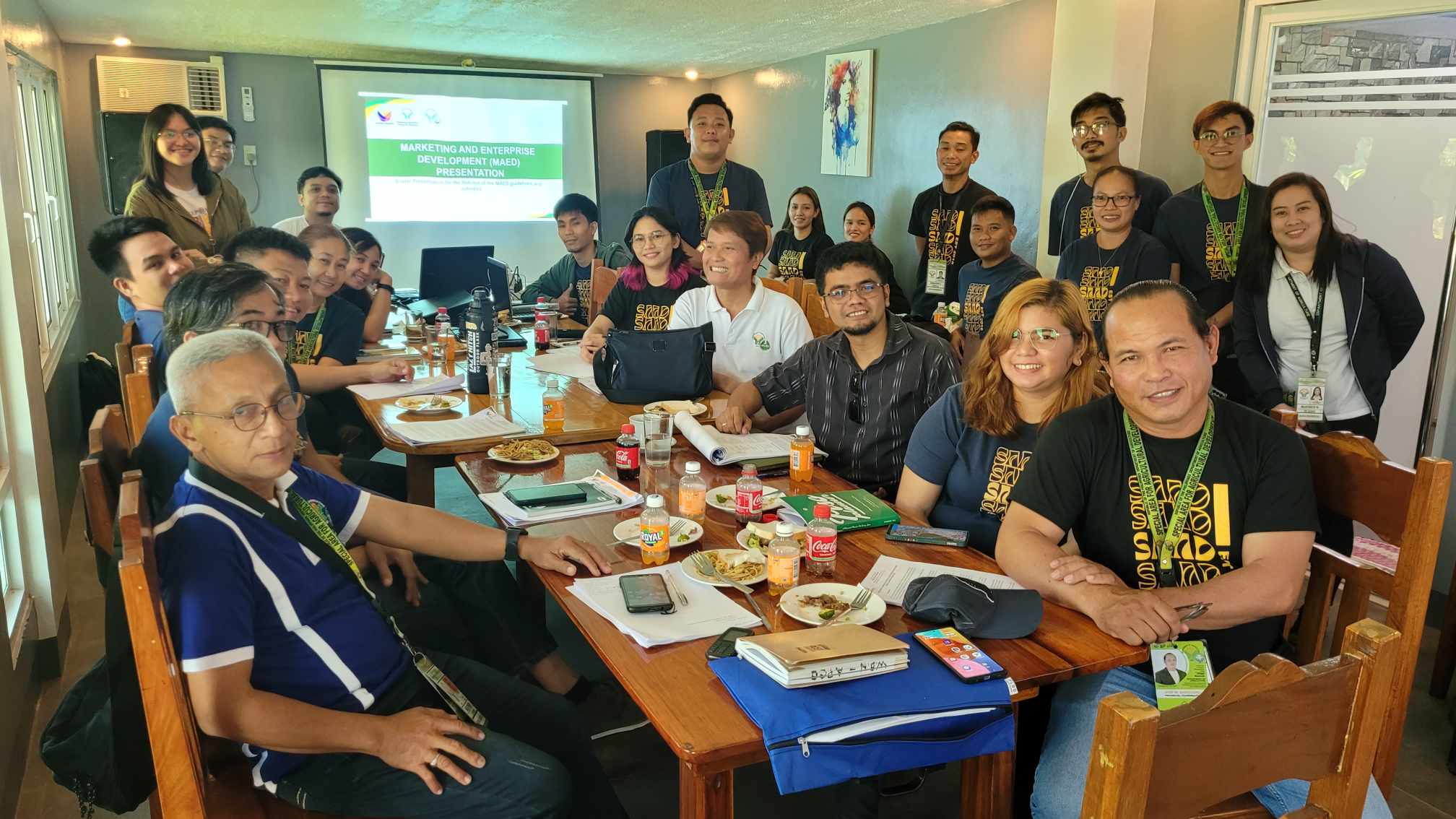
This Post Has 0 Comments